
Undoubtedly, the star of your ring is the stone, whether it's a diamond for your engagement ring or another kind of gemstone like a sapphire, emerald, or ruby. But the supporting actor award would and should go to the ring's setting.
The setting, apart from the stone, is one of the most important aspects of a ring because it serves a very important purpose, one that is both functional and aesthetic: it holds your stone or stones in place and displays them!
Settings come in a wide variety of styles and designs. They can be prominent, highly artistic, subtle, minimal, or practically invisible.
To help you better understand ring settings, let's take a closer look at the different types you can choose from.
In this post, we will focus more on the technique of the setting versus the style of the setting. Setting styles include solitaire, three-stone rings, halos, and more. Setting techniques are more about how the actual stone or stones are held in place in the ring itself.
Setting Style Techniques
Prong Setting

This is a very popular setting. Prong settings use metal projections or tines, called prongs, to secure a gemstone to a piece of jewelry. A prong setting can be composed of 3, 4, or 6 individual prongs.The prongs are attached to the head or basket of a setting. Each prong extends upward and outward from the head, tightly securing the diamond or gemstone with at the top. A prong setting nicely shows off the entire diamond, and due to this type of setting, a large amount of light can enter the stone for a pretty sparkly effect.
V-Prong Setting
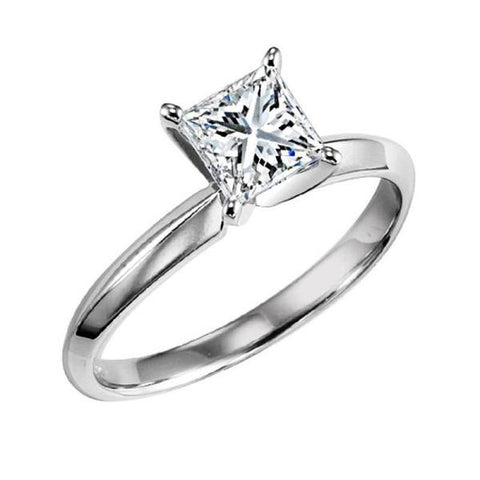
A V-Prong setting is a variation of a standard prong setting. It is used for more angular stone shapes such as square, pear, heart, marquise, or trillion-shaped gemstones. V-prongs wrap around the gemstone's edges thereby securing and protecting its fragile corners from breaking or chipping. With this setting, more of the stone's surface area is exposed on top, making it appear bigger. However, the drawback is that the top of the stone remains more vulnerable and exposed and could potentially get damaged or slip out of its setting.
Invisible Setting

Invisibly set gemstones sit very close together, with the setting hidden underneath. What you see is a you see is a uninterrupted surface of diamonds or gemstones. This is an excellent way to show off princess cut diamonds and their brilliance! It is very beautiful.
Channel Setting
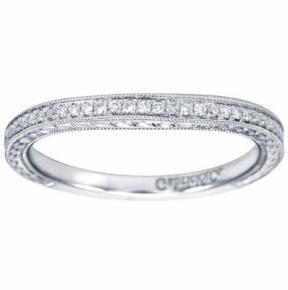
With this setting, diamond(s) or gemstone(s) are set flush between two strips of metal that hold them in place side by side with no additional prongs between the stones. This type of setting does a very good job of protecting the girdle of the stones and is also very secure. It is a smooth setting as well which prevents the stones from snagging on clothing or hair.
Pavé Setting
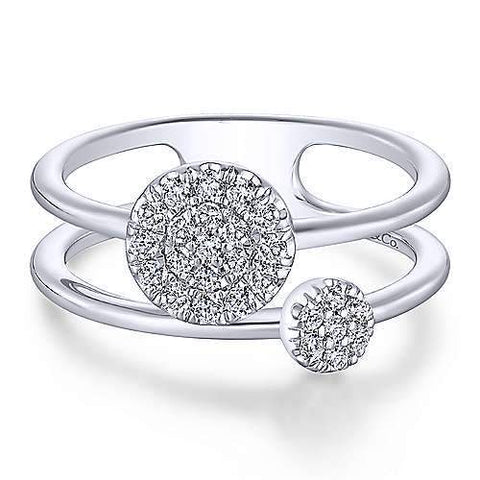
Pavé is French for "paved," and this setting gives the appearance of a paved surface. Many diamonds or gemstones are fit into small holes and set almost flush with the surface of the ring with no metal showing between them. It is a beautiful and popular look and also creates a dramatic effect!
Cluster Setting
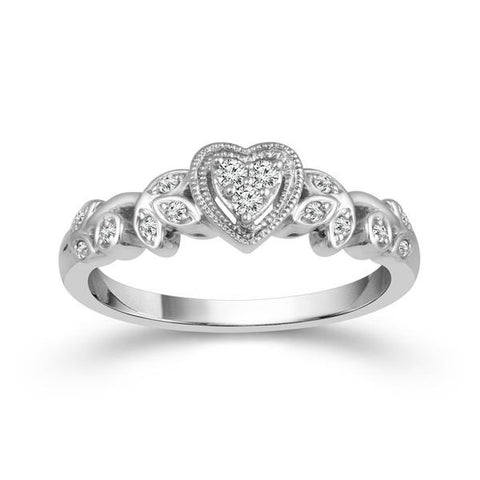
This setting sounds just like the name...diamonds or gemstones are clustered together creating a dramatic look and effect. The diamonds or stones can be arranged in different shapes or forms such as flowers or hearts which allows for great creativity. The arrangement of the stones can be open and airy looking, or they can be clustered more more tightly together.
Bezel Setting

We covered this setting in our last blog post. To recap, a bezel setting has a protruding rim of metal that wraps around the stone. It can go all the way around the stone or only partially. This type of setting is good for protecting the thin edge of the stone (girdle) and can make the stone look larger.
Gypsy or Flush Mount Setting
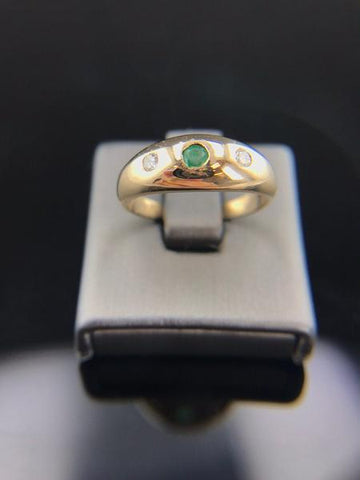
This setting technique was also discussed in our last post and is often confused with a bezel setting. Another name for this setting is also hammer setting. A gypsy setting is when the diamond or gemstone sits flush with the surface of the metal. This setting is a very old setting and has a very clean look.
As you can see, there are many setting techniques to choose from. It is important to have an experienced jeweler help you pick which one is perfect for you! And as always, pick with your eyes and your heart...this way you will never go wrong! Here at Mullen Bros. Jewelers, we would be thrilled to help you find the perfect ring...
We're honored that Mullen Bros. Jewelers ranks #1 in overall customer ratings among all jewelry stores in Southeastern Massachusetts and we will continue to take care of our neighbors and friends, one jewel at a time.














